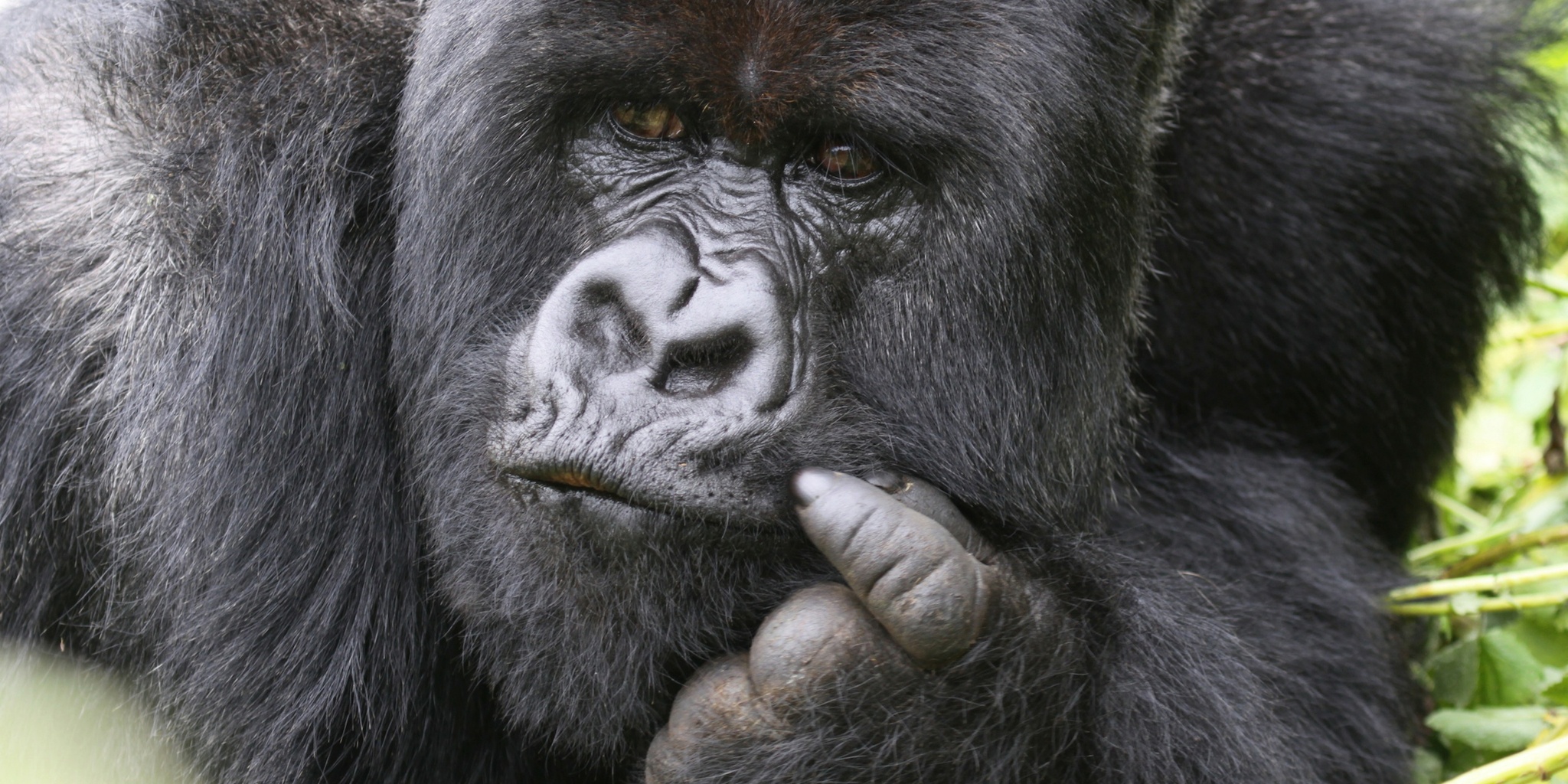We have much more to do and your continued support is needed now more than ever.
Shining Through the Mist: The Life and Legacy of Dr. Dian Fossey

As the National Wildlife Federation celebrates Women’s History Month, we take a look at Dian Fossey, an American primatologist and preservationist, best known for undertaking an extensive study of mountain gorilla groups in Rwanda from 1966 to 1985. Her legacy reminds us of the importance of life across all species:
“When you realize the value of all life, you dwell less on what is past and concentrate more on the preservation of the future.”
Caring for Creatures and a Curiosity to See The World
From an early age, Dr. Fossey’s love of animals and connection to nature was evident. Whether she was riding horseback at age 6, working on a ranch in Montana in college, or dabbling in the study of veterinary medicine, her curiosity drove her towards nature, and eventually leading her to daringly take out a bank loan to visit Africa where she would meet archaeologist Dr. Louis Leakey.
Piecing Together the Past to Blueprint the Future
Dr. Leakey, an impassioned promoter of the study of human origins through excavation and the belief of the importance of long-term field studies with great apes, would serve as a mentor to Dr. Fossey as she was exposed to a world of chimpanzees and gorillas.
Inspired to see gorillas in nature, Dian later met Joan and Alan Root, photographers from Kenya collecting footage of mountain gorillas in the Virunga Mountain region. They eventually took her into the forest on one of their observation sessions, which Dian recalled in her famous autobiography “Gorillas in the Mist”:
“It was their individuality combined with the shyness of their behavior that remained the most captivating impression of this first encounter with the greatest of the great apes. I left Kabara with reluctance but with never a doubt that I would, somehow, return.”
Returning Home, But Longing For Another One
Upon returning to the U.S., Dr. Fossey worked at a children’s hospital while also publishing numerous articles from her trip to Africa. When the articles were brought to the attention of her inspiration Dr. Leakey, they devised the idea for a long-term field project to study gorillas in Africa and eventually acquired funding to put it together.
In spite of a rising political conflict within then-Zaire (now called the Congo) that would eventually force Dr. Fossey to flee the country, she sketched and studied gorillas from her daily encounters, learning much from their behavior. What had started as observation from afar turned into assimilation by imitating activities such as scratching, feeding and copying the vocalizations of the of the primates. Dr. Fossey’s research became so intimate that she was even able to identify gorillas by their nose prints.
Karisoke
In September of 1967, Dr. Fossey established the Karisoke Research Center. It was this site that became one of the most internationally renowned research stations in the world. Dr. Fossey would continue her study of gorillas while also bolstering her scientific credibility by obtaining a Ph.D. at Darwin College, Cambridge.
As Dr. Fossey continued her research and lived amongst the gorillas, she came to admire and particularly care for a 5-year-old gorilla named Digit, named because of a damaged finger on his right hand. Sadly, Digit would serve as a precursor to danger and heartache as she was brutally killed by poachers. More deaths followed and eventually drove Dr. Fossey to fight for more “active conservation” and anti-poaching initiatives. Digit’s death would serve as a reminder that these beautiful creatures faced an ever-growing threat that was man.
Leaving Her Mark
In 1983, many years later Dr. Fossey returned to New York, taught as an associate professor at Cornell University, and wrote her landmark autobiography “Gorillas in the Mist.” The book would be a powerful tool in her war for preservation of species.
In 1988, Gorillas In The Mist debuted in theaters and was nominated for six Academy Awards. Fossey is remembered because she was a trailblazer in both the primate and science community. The process for which she studied gorillas became almost as legendary as her findings about the primates. Fossey continues to serve as a fantastic reminder that all species are worthy not only of our curiosity, but also our compassion.
“One of the basic steps in saving a threatened species is to learn more about it … Conservation of any endangered species must begin with stringent efforts to protect its natural habitat by the enforcement of rigid legislation against human encroachment into parks and other game sanctuaries.”
Donate to Protect Endangered Species
Donate!





















